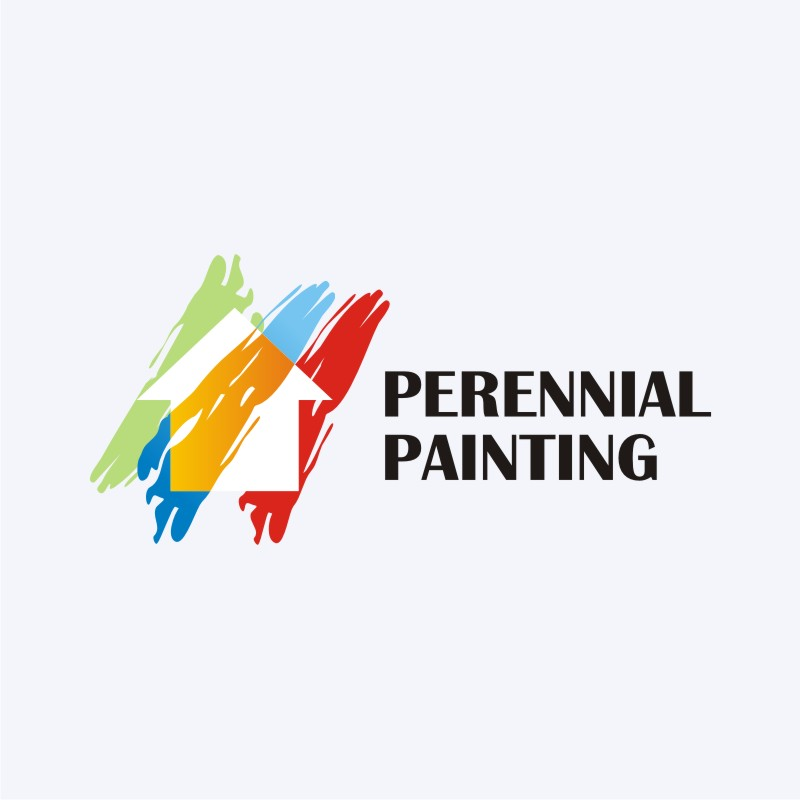Recognizing Seasonal Influences On Commercial Outside Painting: Vital Understanding For Success
Recognizing Seasonal Influences On Commercial Outside Painting: Vital Understanding For Success
Blog Article
Content Created By-Carlson Browne
When you're planning an industrial external painting project, seasonal variables can make or break your outcomes. You'll intend to take into consideration just how temperature and moisture influence paint application and drying out times. Choosing the appropriate period can ensure your paint sticks appropriately and lasts longer. But which residential painting contractors are really the best for this sort of work? Let's discover the crucial elements that can affect your project's success.
The Effect of Temperature Level on Paint Application
When you're preparing an industrial exterior painting project, the temperature can significantly influence how well the paint adheres and dries out.
Preferably, you want to paint when temperature levels range between 50 ° F and 85 ° F. If it's also cold, the paint may not cure appropriately, bring about concerns like peeling or fracturing.
On the other side, if it's as well hot, the paint can dry out as well rapidly, preventing appropriate attachment and causing an uneven surface.
You should likewise think about the time of day; morning or late afternoon provides cooler temperature levels, which can be more beneficial.
Constantly check the maker's referrals for the particular paint you're utilizing, as they typically provide support on the suitable temperature level variety for ideal results.
Moisture and Its Result on Drying Times
Temperature isn't the only environmental aspect that influences your industrial exterior painting job; moisture plays a considerable duty too. solvent for latex paint can slow down drying times dramatically, impacting the total top quality of your paint job.
When the air is saturated with dampness, the paint takes longer to heal, which can bring about issues like inadequate adhesion and a greater threat of mildew growth. If you're painting on a particularly humid day, be planned for extended wait times between layers.
It's vital to monitor regional weather conditions and strategy accordingly. Ideally, go for moisture degrees in between 40% and 70% for optimal drying out.
Keeping these consider mind ensures your project remains on track and supplies a lasting finish.
Best Seasons for Commercial Exterior Paint Projects
What's the most effective time of year for your business external paint tasks?
Spring and early loss are typically your best bets. During these periods, temperature levels are light, and humidity levels are frequently lower, creating excellent conditions for paint application and drying.
Avoid summer's intense heat, which can cause paint to dry as well quickly, causing poor adhesion and surface. Similarly, winter months's chilly temperature levels can prevent appropriate drying out and treating, risking the durability of your paint work.
Go for days with temperatures between 50 ° F and 85 ° F for optimum outcomes. Remember to check the local weather report for rainfall, as wet conditions can wreck your project.
Planning around these variables ensures your paint project runs smoothly and lasts much longer.
Conclusion
In conclusion, planning your commercial outside paint projects around seasonal factors to consider can make a substantial difference in the result. By organizing work during the ideal temperature levels and humidity levels, you'll make certain better adhesion and drying out times. Remember to keep an eye on regional weather forecasts and pick the right time of year-- spring and early autumn are your best choices. Taking these steps will help you achieve a long lasting and expert coating that lasts.
